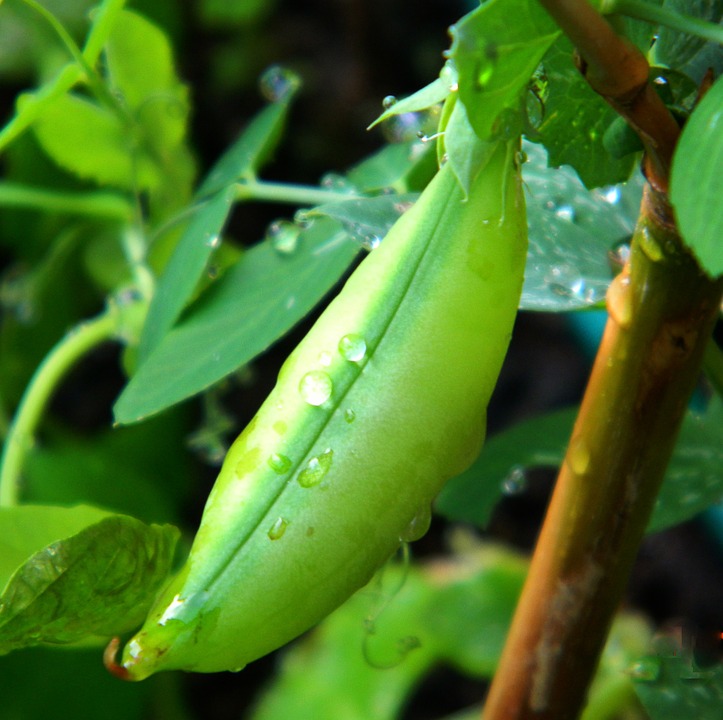Are you looking for practical ways to embrace sustainable gardening in your home? Whether you’re an experienced gardener or a beginner looking to reduce your carbon footprint, there are plenty of simple and fun ways to incorporate sustainable practices into your gardening routine. As someone who has spent years living off the grid and cultivating a love for sustainable farming and gardening, I’m excited to share some of my favorite tips and techniques for creating a more eco-friendly garden space right in your own backyard.
One of the most important aspects of sustainable gardening is creating a healthy and productive ecosystem for your plants to thrive in. By considering the natural environment, soil health, water conservation, and energy usage, you can make a positive impact on the planet and enjoy a bountiful harvest of fruits, vegetables, herbs, and flowers. Get ready to roll up your sleeves and get your hands dirty – it’s time to dive into the world of sustainable gardening!
Starting With The Basics: Creating a Healthy Soil Ecosystem
One of the key foundations of sustainable gardening is building and maintaining healthy soil. After all, healthy soil leads to healthy plants, and healthy plants contribute to a healthy planet. To start, consider composting your kitchen scraps, yard waste, and other organic materials to create nutrient-rich soil. Not only does this reduce the amount of waste that ends up in landfills, but it also provides a free and sustainable source of fertilizer for your garden. You can also integrate cover crops, such as clover or legumes, into your garden beds to improve soil structure, prevent erosion, and suppress weeds.
Pro Tip: Consider incorporating a worm composting system into your garden routine to create high-quality compost and organic fertilizer. Red wigglers are excellent for breaking down organic material and producing nutrient-rich worm castings, also known as “black gold” for your garden.
Choosing Plants Wisely: Opting for Native and Pollinator-Friendly Species
When planning your garden, it’s important to choose plants that are well-suited to your local climate and soil conditions, and that don’t require excessive water or chemical inputs to thrive. Native plants are a great choice for sustainable gardening, as they are naturally adapted to your area and can support local wildlife. Additionally, consider incorporating pollinator-friendly plants, such as milkweed, coneflowers, and bee balm, to attract and nourish beneficial insects like bees, butterflies, and hummingbirds.
Pro Tip: Visit your local botanical garden or native plant nursery to learn more about the best plant species for sustainable gardening in your region. You can also connect with local gardening clubs and online communities to exchange seeds, cuttings, and knowledge about growing native and pollinator-friendly plants.
Conserving Water: Implementing Efficient Irrigation Techniques
Water is a precious resource, and practicing sustainable gardening means being mindful of how much water we use in our gardens. To conserve water, consider installing a rain barrel to collect rainwater for irrigation, using drip irrigation systems to deliver water directly to the roots of your plants, and mulching garden beds to retain moisture and suppress weeds. You can also group plants with similar water needs together and adjust your watering schedule based on the weather and seasonal changes.
Pro Tip: Teach yourself to recognize the signs of overwatering and underwatering in your plants, and adjust your watering practices accordingly. For example, excessively wilted or yellowing leaves may indicate overwatering, while drooping leaves and dry soil may indicate underwatering.
Embracing Organic Pest Management: Nurturing Natural Predators and Partnerships
Instead of reaching for chemical pesticides and herbicides when pests and diseases strike, consider employing natural methods of pest management to protect your garden. Encourage beneficial insects, such as ladybugs, lacewings, and predatory wasps, to take up residence in your garden by planting diverse and nectar-rich flowers. You can also integrate companion plants, such as marigolds, nasturtiums, and garlic, to deter pests and attract helpful insects. Additionally, practicing crop rotation, planting disease-resistant varieties, and hand-picking pests can help keep your garden healthy and balanced.
Pro Tip: Learn to identify common garden pests and beneficial insects by observing their behavior and the damage they cause. Educate yourself about ecological pest management techniques, and be patient as natural predators and partnerships build over time.
Maximizing Space and Resources: Implementing Vertical Gardening and Upcycling
Even if you have limited space or resources, there are creative ways to maximize productivity and sustainability in your garden. Consider implementing vertical gardening techniques, such as trellising, hanging planters, and vertical towers, to make the most of your available space and encourage air circulation and sunlight exposure. You can also upcycle and repurpose materials, such as pallets, containers, and old tires, to create raised beds, compost bins, and other functional elements for your garden.
Pro Tip: Get creative with repurposing household items and salvaged materials to build garden structures, planters, and decorative features. Not only does this reduce waste and save money, but it also adds a personal touch to your sustainable garden space.
In conclusion, sustainable gardening offers numerous benefits, both for the environment and for your own well-being. By focusing on healthy soil, native and pollinator-friendly plants, water conservation, organic pest management, and resource efficiency, you can contribute to a more resilient and regenerative ecosystem right in your own backyard. With a little creativity, patience, and dedication, you can enjoy the rewards of sustainable gardening while making a positive impact on the planet. Get ready to dig in and cultivate a garden that nourishes your body, soul, and the earth!



